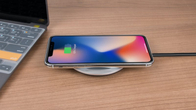Review Summary
Expert Rating
There are two kinds of iPhone buyers I think: the ones who upgrade to a new model every year and the ones who carefully plan an upgrade after several years. The former usually go for the iPhone 15 Pro models while the latter might choose one of the base iPhone 15 models, as they’d prefer a good base-level iPhone to upgrade to. This year, the iPhone 15 and iPhone 15 Plus bring some meaningful upgrades, including (and finally) a USB-C port. I’ll be talking about the iPhone 15 Plus in detail, so read on.
Table of Contents
Verdict
The iPhone 15 Plus is essentially a repackaged iPhone 14 Pro, which isn’t a bad thing at all since you’re getting Pro-level upgrades at the same price point as the iPhone 14 Plus. Some standout features include a terrific battery life, an interactive Dynamic Island, and the convenience of a USB-C port, among other things. If you’ve been holding out for a new iPhone for years, the iPhone 15 Plus is the one to buy.

Design and display
At first glance, the iPhone 15 Plus may seem similar to its predecessor, the iPhone 14 Plus. The overall shape has remained unchanged since the iPhone 12. Nevertheless, when you hold the iPhone 15 Plus, you’ll notice a significant difference. The aluminium frame, which used to be mostly flat in older models, now has a slight roundness to it, making it much more comfortable to grip. Additionally, the colour-infused back glass has a matte finish instead of a glossy one, which adds to the overall appeal of the phone. And while Apple’s colour choices this year may not be the most exciting, the finish of the iPhone 15 Plus is superb.
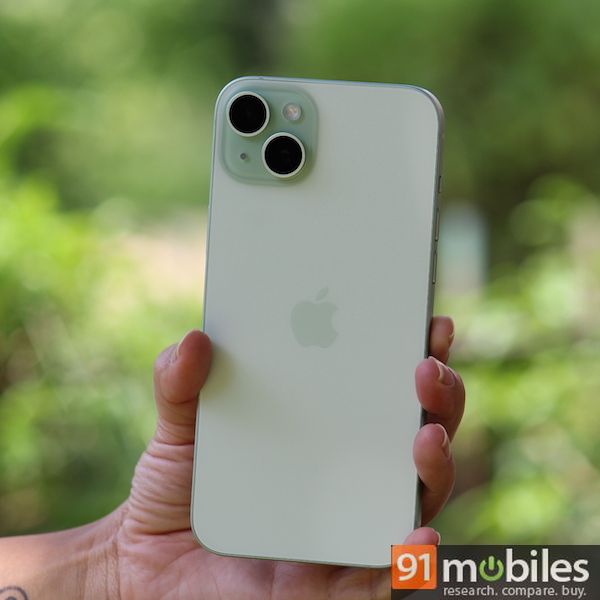
This comfort can only be felt if you’re planning on using the iPhone 15 Plus without a case. I’m all for using a case, but if you do decide to go without a case, Apple has made it easier to repair the back glass on the iPhone 15 series. In fact, the cost of replacing the back glass on the iPhone 15 Pro models is 2x cheaper than the 14 Pro models, which is great especially if you saw that one video of JerryRigEverything totalling the back glass of the 15 Pro Max with little effort.
The iPhone 15 Plus is essentially a repackaged iPhone 14 Pro, which isn’t a bad thing at all.
The Dynamic Island replaces the notch on the base iPhone 15 models, which was a much-needed upgrade. Apple has finally brought a sense of consistency to the display department across the new lineup. Well, almost. The iPhone 15 and iPhone 15 Plus still miss out on high refresh rates and always-on displays that the Pro models get.

If you’re upgrading from the iPhone 11, 12, or even the 13, you’ll be quite happy with the iPhone 15 Plus’ OLED display. It is a 6.7-inch Super Retina XDR screen that is sharp and delivers vibrant colours and deep blacks. Both the iPhone 15 and 15 Plus can go up to 2000 nits peak brightness outdoors, which means you won’t have any trouble viewing the screen under direct sunlight.
Unfortunately, Apple stubbornly went with a 60Hz display on the iPhone 15 and 15 Plus instead of offering a 120Hz display that you get on the iPhone 15 Pro. With Apple introducing Dynamic Island on the base iPhone 15 models, a higher refresh rate would have been ideal. But then again, you just know Apple is saving this for the iPhone 16 next year. That said, it is still the smoothest 60Hz display you’ll find in the market, with buttery smooth animations and transitions.
USB-C
One cable to charge them all.
Let’s talk about USB-C! The biggest change to the iPhone this year is the introduction of USB-C, which replaces (and pretty much kills) the Lightning port. Apple made the switch to USB-C ports on its MacBooks and iPads a few years ago but was holding on to the Lightning port for the iPhone until now. With the iPhone 15 series, you finally need only one cable to charge them all.

Convenience is what you get with the USB-C port above all else. It was a wonderful feeling to be able to carry just one Type-C adapter and one USB-C cable (you get a braided one in the iPhone 15 box) to charge the phone, my M1 MacBook Air and my iPad Air when needed.
Other benefits of USB-C include the ability to connect to an external display or speakers. You can also charge the iPhone by connecting it to another iPhone with a higher battery percentage, or charge an Android phone instead, albeit at a very slow charging speed.
The iPhone 15 and iPhone 15 Plus support the USB-C 2.0 standard, while the Pro models get a faster USB-C 3.0. What this means is that file transfer speeds max out at 480Mbps on the vanilla iPhone 15 models, while the Pro models can transfer data at up to 10Gbps speeds.
Cameras
The iPhone 15 Plus has a 48MP primary sensor and 12MP ultra-wide lens, which is similar to what you find on the iPhone 14 Pro models. “Similar” is the keyword here as the sensors are not identical to the Pro models. Apple says the sensors are specifically made for the iPhone 15 and 15 Plus. Moving on, you have the option to switch between 12MP and 24MP captures through camera settings. 24MP is set by default, allowing you to capture slightly more detailed shots that can be cropped and blown up if required. You can, of course, shoot in 48MP mode as well by simply tapping on the JPEG Max option on the camera UI.
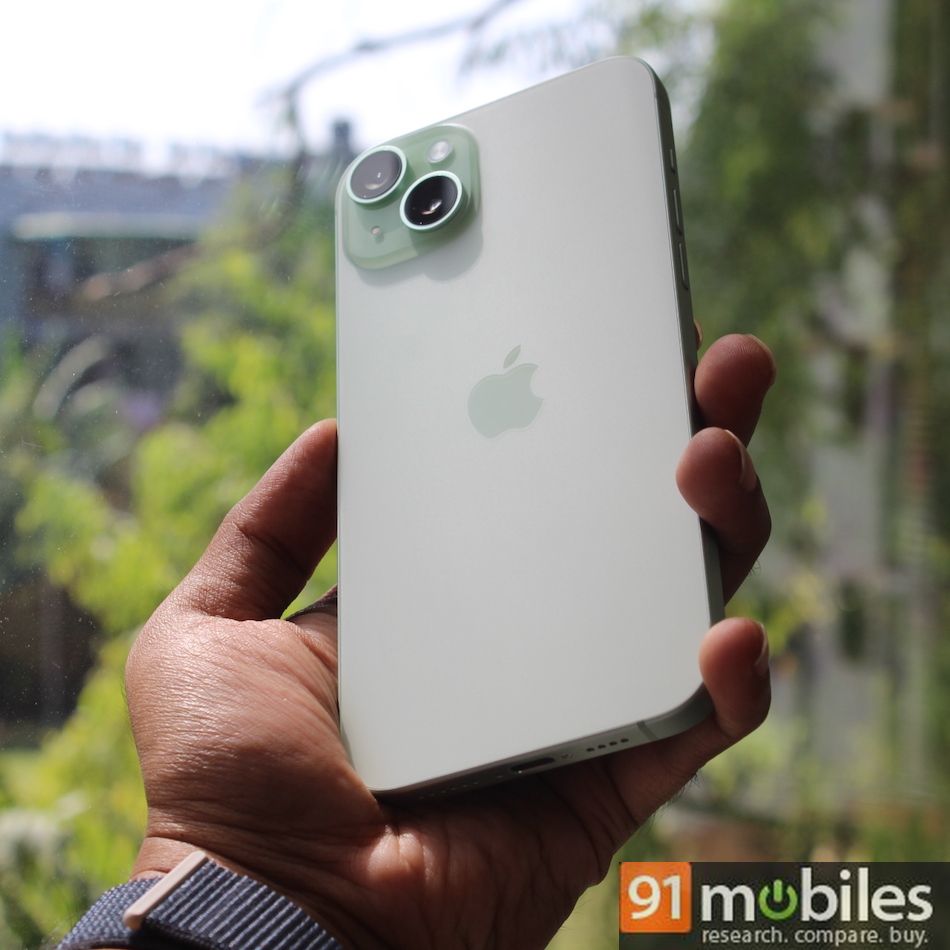
In outdoor daylight conditions, the iPhone 15 Plus captures exceptionally good-looking photos with plenty of brightness, vibrancy, and dynamic range. Colours look striking without looking oversaturated. Apple is still leaning towards natural colours but you do see a little pop here and there which prevents photos from looking too dull. The primary lens is able to capture near-accurate skin tones and the overall output tends to lean on the warmer side. The lens flare issue hasn’t gone away but there is some improvement over last year’s model.
The 12MP ultra-wide camera is pretty much the same as what you find on the iPhone 14 Plus. Ultra-wide photos retain a lot of the colours that you see on the main camera, so there’s a sense of seamless transition there. They won’t be as detailed though so it’s best to use this lens in broad daylight.
The iPhone 15 Plus misses out on the telephoto lens that is present on the 15 Pro models. The primary 48MP camera manages 2x zoom (12MP output) through digital crop and it’s not too bad. 2x zoom shots look similar to the 1x photos in terms of details and colour science in daylight conditions.


Arguably, the best new camera feature is the ability to turn regular photos into portrait shots after capture. While there is a dedicated Portrait mode available, you can sometimes forget to switch to it when trying to capture a quick photo. The default photo mode now captures depth information that can be used to convert a regular image of a person, pet, or object. You can tap on the portrait option on the top left corner of the image and edit the focus area and depth level using the “f” slider.


The iPhone 15 Plus’ low-light computational photography isn’t as aggressive as the Pixel 7 Pro’s, which is good as it resulted in more natural-looking photos in low light with true colours, details, and balanced exposure. In the comparison image below, the lampshade looks more colour-accurate as does the background. The main camera shines in areas with plenty of ambient light like in a marketplace with bright shop signages.
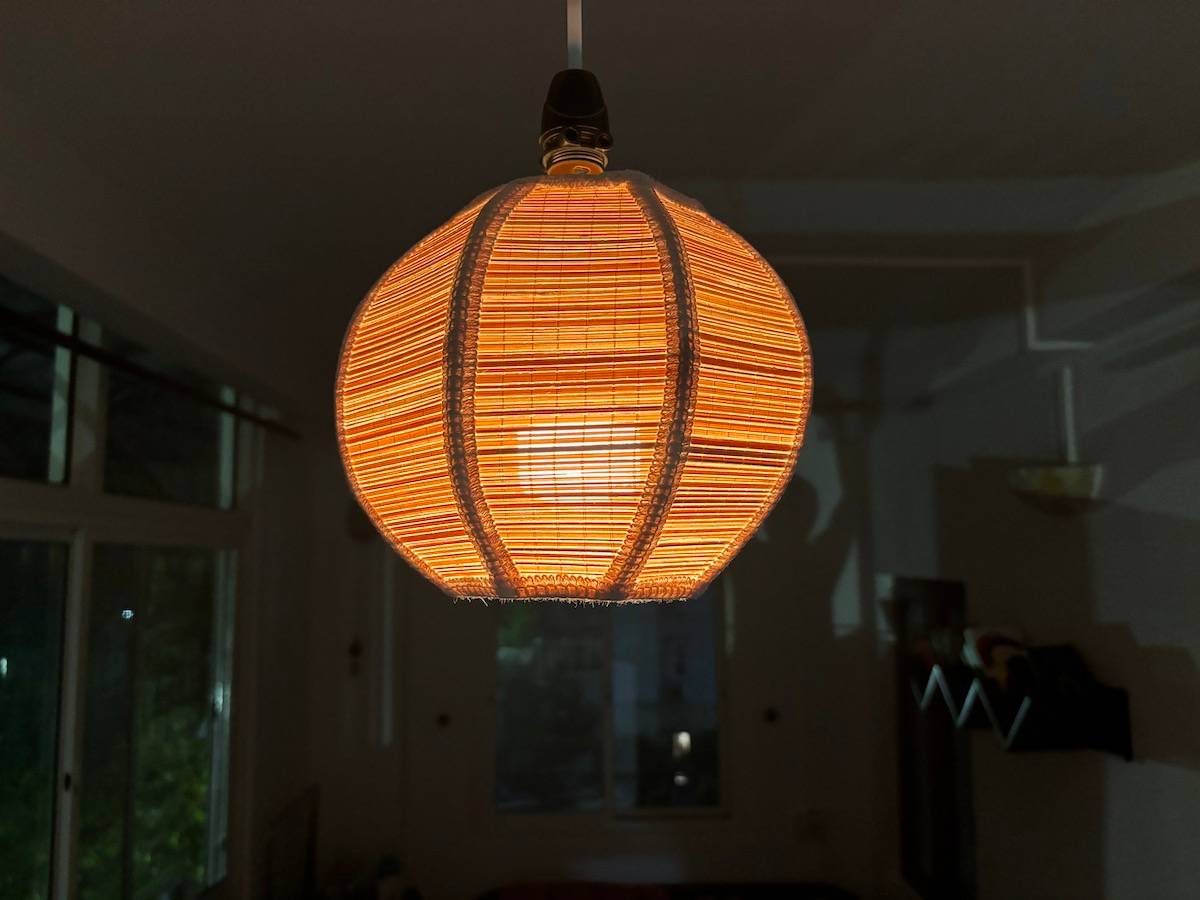
Not much has changed with the 12MP front camera. It can capture dependable selfies in daylight with enough details and natural skin tones. Selfies tend to look dull and blown out in low-light conditions.
Performance and software
Another Pro-level upgrade you get with the iPhone 15 and 15 Plus is the A16 Bionic chip, which is the same one that powers last year’s iPhone 14 Pro models. The processor is equipped with a 6-core CPU, 5-core GPU, and 16-core Neural Engine. Again, to cut a long story short, the A16 Bionic is absolutely snappy and breezed through anything I put the iPhone 15 Plus through, including long gaming sessions, and general multi-tasking that included answering emails and switching between social media apps. Everything felt just a bit more fluid than the A15 Bionic chip that powers the iPhone 14 Plus.
Yes, the iPhone 15 and 15 Plus don’t get the A17 Pro processor that powers the Pro models, but you’re not missing out on much. The A16 Bionic is a terrific chipset that will stay relevant for a few years with ease. The base model starts with 128GB, which is a nice jump for any old iPhone user with 64GB storage.

iOS 17 is the newest OS that comes out of the box with the iPhone 15 series. Apple has released iOS 17 for older models all the way back to the iPhone XR. iOS 17 comes with some useful new features, including a personalised Contact Poster that lets you create a custom display picture that will appear on the caller’s screen, NameDrop which allows you to instantly transfer your contact information (with a sweet animation) with another iPhone by bringing the two devices close, and Standby mode which turns the iPhone into an ambient night display that shows large widgets and clock faces when kept in horizontal orientation while charging. Unfortunately, since always-on display isn’t supported on the iPhone 15 Plus, Standby mode will automatically turn off after a few seconds of inactivity.

Certain widgets are now more interactive than before, allowing you to perform certain actions without having to open the app. For example, the Apple Music and Podcast widgets allow you to pick up where you left off or pause what you’re listening to. Apple’s Reminder widget lets you check completed tasks. Interactive widgets are still largely limited to Apple’s own apps but third-party developers are expected to incorporate the feature as well.
The iPhone 15 Plus is, of course, a 5G phone and I found no connectivity issues during the review period. I tested the phone on Airtel 5G Plus in Hauz Khas, New Delhi and got solid speeds upwards of 400Mbps.

Battery
If you’re looking for an iPhone with the best battery life, the iPhone 15 Plus is the one to buy. To put it simply, the iPhone 15 Plus’ battery life is stellar. It’s the second biggest battery in the series, just marginally smaller than the iPhone 15 Pro Max’s capacity. In fact, real-world tests show that the iPhone 15 Plus has the best battery life of all iPhones yet, and I can vouch for this. During my time with the device, I managed to get 7 hours of screen-on time on a single charge with ease on most days. If you’re a light to moderate user, you’ll be able to go two days on a single charge. Even power users out there will be able to go through a full day and then some before needing to reach the charger.

Where the iPhone 15 Plus battery life satisfies, its charging speed equally disappoints. The phone supports 27W speeds and charges incredibly slow for a flagship phone in 2023. It typically takes around 45 minutes to charge from zero to 80 per cent using a 30W Apple adapter, while the last 20 per cent takes another painful 45 minutes, even with battery optimisation features disabled.
Final verdict
The iPhone 15 Plus is easily the best base-level iPhone in a while. Thanks to a bunch of features taken from last year’s iPhone 14 Pro models such as the Dynamic Island, a 48MP camera, and A16 Bionic SoC. The addition of USB-C makes the iPhone more convenient to charge than ever. The iPhone 15 Plus comes close to being a Pro phone without carrying a Pro price tag. The standout feature is its battery life, which is easily the best in any iPhone yet. Add to that a bright and vibrant display, impressive camera features and smooth performance, the iPhone 15 Plus is a complete package.
Slow charging speeds and the lack of high refresh rate display cannot be overlooked, but they might not be dealbreakers for long-time iPhone users. As I mentioned earlier, there are two kinds of iPhone buyers. The iPhone 15 Pro models are usually chosen by those who look to upgrade year-on-year. The iPhone 15 Plus is the one to buy for those who are using an iPhone 13 or older model and have been waiting patiently to upgrade to an iPhone with good features.
Editor’s rating: 8.5 / 10
Reasons to buy
- The slightly curved frame gives the iPhone 15 Plus a great in-hand feel.
- The iPhone 15 Plus offers a fantastic battery life, with an average of 7 hours of screen-on time.
- The display is attractive thanks to an interactive Dynamic Island and excellent brightness levels and viewing angles.
Reasons not to buy
- The iPhone 15 Plus does not get a high refresh rate display, which is disappointing considering the price tag.
- Charging speeds haven’t improved with the iPhone 15 Plus taking nearly 2 hours to fully charge.
 | Rs. 82,600.00 | Go To Store |
 Apple iPhone 15 Plus Apple iPhone 15 Plus | vs | |
 Apple iPhone 15 Plus Apple iPhone 15 Plus | vs |  Samsung Galaxy S23 Plus 5G Samsung Galaxy S23 Plus 5G |




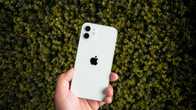
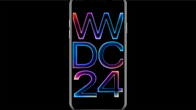

![[Exclusive] iPhone 16 Pro CAD renders show off new button, bigger size, and more Thumbnail](https://www.91-cdn.com/hub/wp-content/uploads/2024/03/iphone-16-pro-cad-renders-feat.jpg?tr=h-110,q-100,pr-true)


